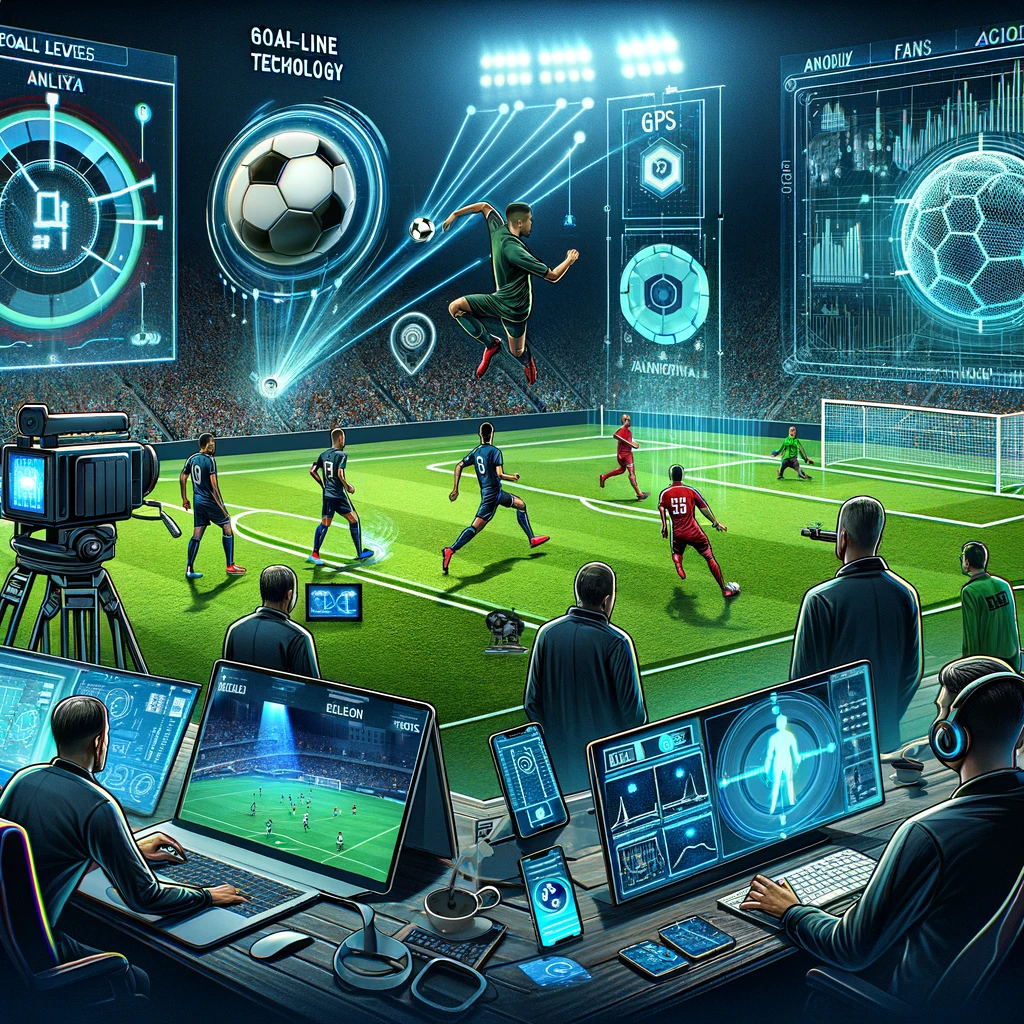The Role of Technology in Modern Football
Football, one of the most popular sports globally, has undergone significant changes over the years, particularly with the integration of technology. This technology is not just enhancing the way the game is played but also improving how it is managed, viewed, and analyzed. Here's a look at the pivotal roles technology plays in modern football:
1. Video Assistant Referee (VAR)
One of the most significant technological introductions in football is the Video Assistant Referee (VAR) system. Implemented to increase the accuracy of refereeing decisions, VAR reviews decisions made by the head referee with video footage and advises them through a headset. This technology aims to reduce human errors that could affect crucial outcomes of matches, covering situations such as goals, penalty decisions, direct red card incidents, and mistaken identity.
2. Goal-Line Technology
Goal-line technology automatically detects and confirms whether the ball has crossed the goal line, thereby assisting referees in awarding a goal or not. This technology ensures clarity in decision-making in critical scoring situations, enhancing the fairness of the game. Systems like Hawk-Eye, used in major competitions, utilize cameras that monitor the trajectory of the ball and send instant signals to the referee's watch if a goal is scored.
3. Wearable Technology
Players now wear devices that track and collect data on their physical performance during both training and matches. Technologies like GPS vests measure distance run, speeds, and patterns of movement. This data is crucial for coaches to plan training sessions, manage player fatigue, and reduce the risk of injuries. Additionally, heart rate monitors and other health monitoring devices help teams keep tabs on players' physiological conditions in real-time.
4. Video Analysis Tools
Advanced software tools analyze game footage and provide detailed statistical data that helps in tactical analysis and player performance assessment. Coaches and analysts use this data to study patterns in the game, opponent strategies, and to improve their team’s overall tactics. Tools like Prozone allow teams to dissect every minute of the match footage to glean actionable insights.
5. Artificial Intelligence (AI) and Machine Learning
AI is becoming increasingly significant in football, especially in player recruitment and game strategy. Algorithms analyze vast amounts of data to identify potential player signings based on team needs and player performance metrics. AI is also used in predictive analysis to determine likely outcomes of matches based on current and historical data, which can influence coaching decisions.
6. Digital and Augmented Reality Fan Engagement
Modern technology also transforms how fans interact with the game. Mobile apps provide real-time stats, virtual reality (VR) offers immersive viewing experiences, and augmented reality (AR) can enhance live broadcasts with interactive, graphical insights. These technologies not only enrich the viewing experience but also allow fans to feel more connected to their teams and the sport.
7. Communication Technologies
Real-time communication tools have improved how coaching staff communicate with each other during games. Wireless communication systems are now commonplace, enabling coaches to deliver instructions to players and make strategic decisions more efficiently.
Conclusion
The integration of technology in football has brought precision, efficiency, and an enhanced understanding of the game’s complexities. While traditionalists may have reservations about the overuse of technology, its benefits in improving fairness, safety, and engagement are undeniable. As technology continues to evolve, its role in football looks set to become more significant, driving the sport into a new era of innovation and excitement.





